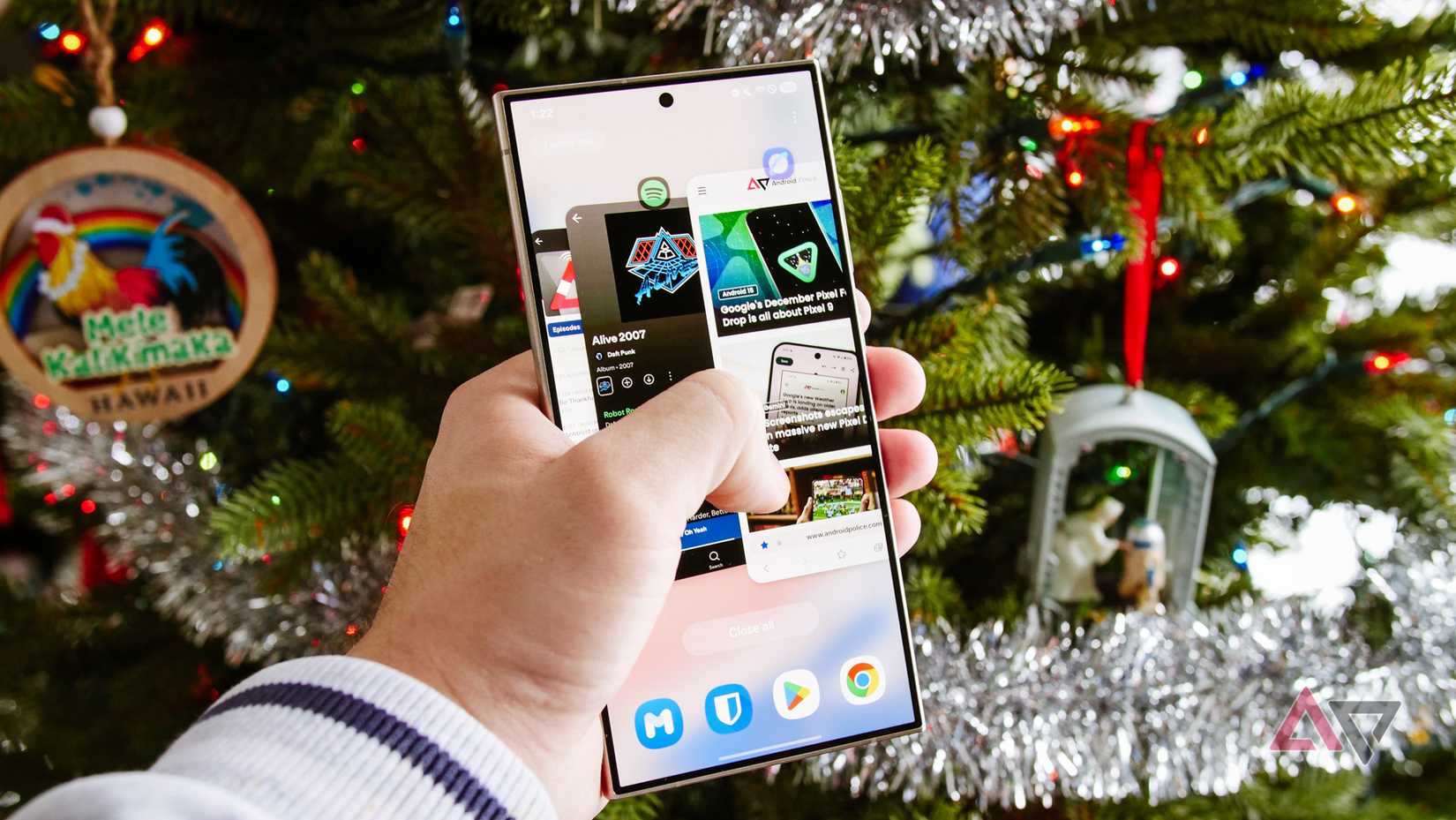I have more than a dozen USB cables around my home and workshop. Some came in the box with phones and other gadgets. Others are third-party cables that I bought because they offered something extra. For example, I got a Baseus cable with a built-in power display, the same one featured in our selection of the best USB-C cables.
Until last week, the one I used the most was a 6-foot (2-meter) USB-C cable by Anker. The extra length made charging convenient, and I could still play a game comfortably even with a plugged-in phone. Plus, it carried enough power to charge my laptop.
However, I recently discovered that my phone wasn’t charging as fast as possible. The problem? It wasn’t the charger, and a phone setting wasn’t to blame. My favorite USB-C cable was slower than I thought.
How can a cable affect charging speed?
Not all cables are equal, even when specs suggest otherwise
A phone’s charging rate depends on the power adapter and the phone. The cable carrying all the power also plays a crucial role and can be an invisible bottleneck, as in my case. This can happen even if you have one of the best phone chargers.
A reason for this is that USB connectors and the conductors inside a cable aren’t ideal. They have a small resistance that results in power losses as current travels down the wires. This wastes some power as heat instead of charging your phone.
How much power you lose depends on several factors:
- Cable length. The longer the cable, the longer the distance electricity must travel. All else being equal, a longer cable has higher resistance, which results in greater power loss.
- Conductor thickness. A thicker wire has lower resistance and can carry more power with smaller losses. That’s why a OnePlus phone that charges at 100 watts has a thicker cable than a Samsung model that supports 25 watts.
- Material type and quality. Wires are typically made of copper or aluminum. Copper is a better conductor, but it’s also expensive.
The USB Type-C cable specification does not have strict requirements for any of these parameters. It is up to the manufacturer to pick the optimal wire specs and materials for their cables. That’s why two cables may perform differently even when they appear to be identical, and vice versa.
How I made my phone charge 16% faster
This simple change cut 15 minutes from a full charge
Swapping the 6-foot cable with a shorter, 3-foot one made a difference. Charging my phone from 5 to 100% used to take 90 minutes. The time dropped to 75 minutes with the replacement cable.
The impact was greater during the first half of the charging process, when phones typically charge at a faster rate. With the longer cable, 30 minutes on the charger took my phone from 5% to 36%. With the 3-foot one, it charged from 5% to 56% in the same time.
The fastest cable I use now is by Baseus. It was bundled with a four-port, 100-watt charger I bought a couple of years ago.
You might wonder how it compares to the USB-C to USB-C cable that Samsung included with my almost 2-year-old Galaxy S23 FE phone, capable of 25W peak charging. I ran a few charging tests, and I can confirm the third-party one is as fast as the original Samsung cable.
Specs and indications don’t always help
It’s reassuring when you plug in the cable and your phone displays a Super Fast Charging badge along with a fancy animation. This confirms that your phone, charger, and cable support a particular charging specification.
It does not guarantee that your charging setup will reach a given charge rate. For example, my phone indicated Super Fast Charging with the slower and faster cables I swapped it with.
Power ratings can also cause confusion. Both my slow and fast cables carry labels confirming their 100-watt capability, but there’s no indication of how efficiently they handle that power.
Big names like Samsung and Google could learn a thing or two from Chinese phone brands, many of which display the actual charge rate in watts when the phone is charging. Vague labels like Fast Charging don’t convey enough.
Samsung and Google should also step up their charging speed game, but that’s a story for another time.
Fast charging requires quality charging accessories
They say a chain is only as strong as its weakest link. In the case of phone batteries, the charging speed is only as fast as the slowest part in the system. Charging cables are more important than people think.
If your phone is charging more slowly than usual, don’t be quick to blame the phone or to assume you have a fake charger.
If charging speed is not a top priority, use any cable you prefer or charge wirelessly. While wireless chargers are typically slower than their wired counterparts, they make up for this with convenience. It’s unfortunate that Qi2 wireless charging isn’t gaining the momentum we’d hoped.







